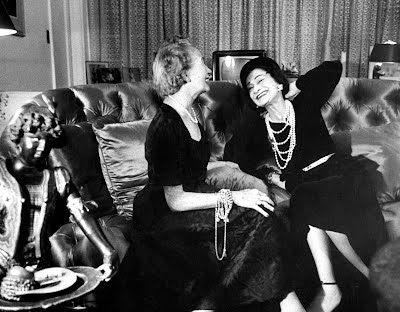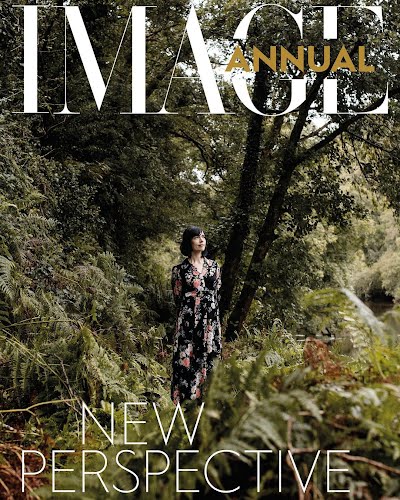Read time: 6 minutes
Would you believe that the most influential and powerful arbiter of American fashion from the early 1930s to the late 1950s was a diminutive Irishwoman born in Dalkey?
Carmel Snow was the Anna Wintour of her day, and although now largely forgotten, she was the most influential magazine editor of her era, helming Harper’s Bazaar from 1934 to 1958 – its golden era. A natural leader (her staff nicknamed her “Bossy”), she championed the idea of intelligent fashion, was an ambassador for excellence and a creative sponge who drew inspiration from artists, designers, actors and socialites. Her editorial mix was audacious, years ahead of its time, and fizzed with Carmel’s singular energy and innovation.
Under her direction, Harper’s fused fashion, literature, culture, art, design and photography seamlessly and stylishly and was the most admired title in modern publishing. Snow was a relentlessly innovative editor with an amazing eye: she wanted the magazine to be much more than just a fashion title. She once famously said that she wanted to produce a magazine for “well-dressed women with well-dressed minds”.
This slight but always impeccably dressed woman was a revolutionary in a pill-box hat and pearls: a feminist before feminism was a philosophy and a careerwoman before the concept existed. Louise Dahl-Wolfe the photographer simply called her “the greatest magazine editor ever” while Richard Avedon, her protégé admitted, “Carmel Snow taught me everything I know.”
Harper’s Bazaar was Carmel’s passion. Although she did marry (a George Palen Snow with whom she had three daughters), the magazine seems to have consumed most of her time and affection. She socialised and worked with her contributors and subjects – Henri Cartier-Bresson, Richard Avedon, Maeve Brennan and Truman Capote, making them into an extended family. She didn’t dither – once she saw potential, she championed it fearlessly.
Snow was sharp, but also good-natured, and deeply interested in people. Avedon said, “Carmel was humane and warm and funny.” This wicked sense of humour was partnered with a taste for liquid lunches, and she regularly appeared to fall asleep during shows, courtesy of her martinis. But appearances could be deceptive; Carmel had “a photographic memory for fashion”. Her “naps” were probably a wily device to divert competitors from observing her favourites, as she was extremely secretive about Bazaar’s Paris couture editions.

Eventually forced to retire, under duress from Hearst management at 70, Snow went reluctantly to be replaced by her niece. She died at 74 in 1961, and was buried in a red Balenciaga suit. Her funeral in St Patrick’s Cathedral in New York was attended by so many fashion figures and garment district workers that it had to be moved from a side chapel into the main cathedral. In a fitting tribute, every woman in attendance dressed in their best finery to honour Carmel’s passion for elegance. For a woman for whom, as Vreeland said, “it was always either the best or nothing”, it was the perfect salute.
Carmel Snow was an extraordinary woman and the template for the modern magazine editor. She understood that fashion doesn’t emerge from a vacuum; rather it is informed by everything around us – fiction, travel, books, film, theatre, even politics. She summed up fashion’s mercurial nature when she stated: “Fashion is an element as mysterious as uranium and just as explosive, but light, lighter than air.” That she was able to distil such an elusive concept into the most admired magazine for a quarter of a century is testament to her daring originality, instinctive flair, and taste.

Photography by Getty.
This article originally appeared in the the IMAGE 2020/2021 Annual issue.